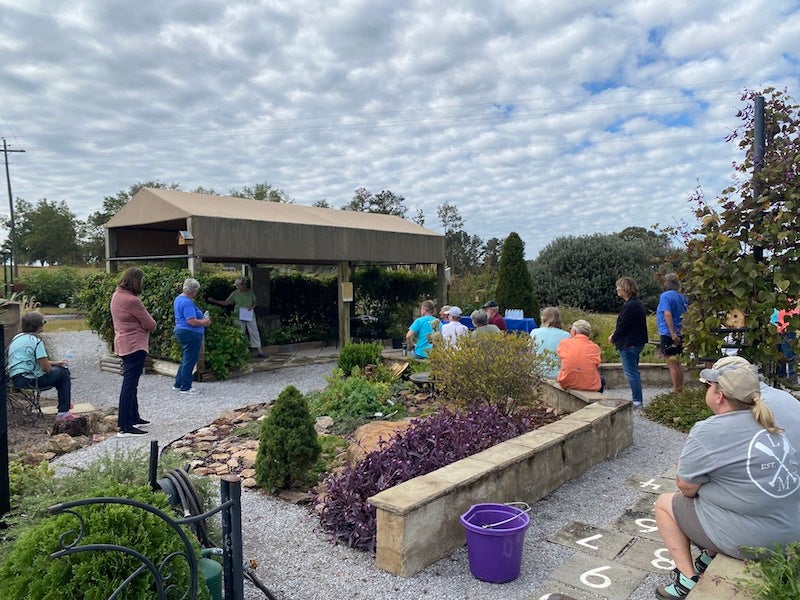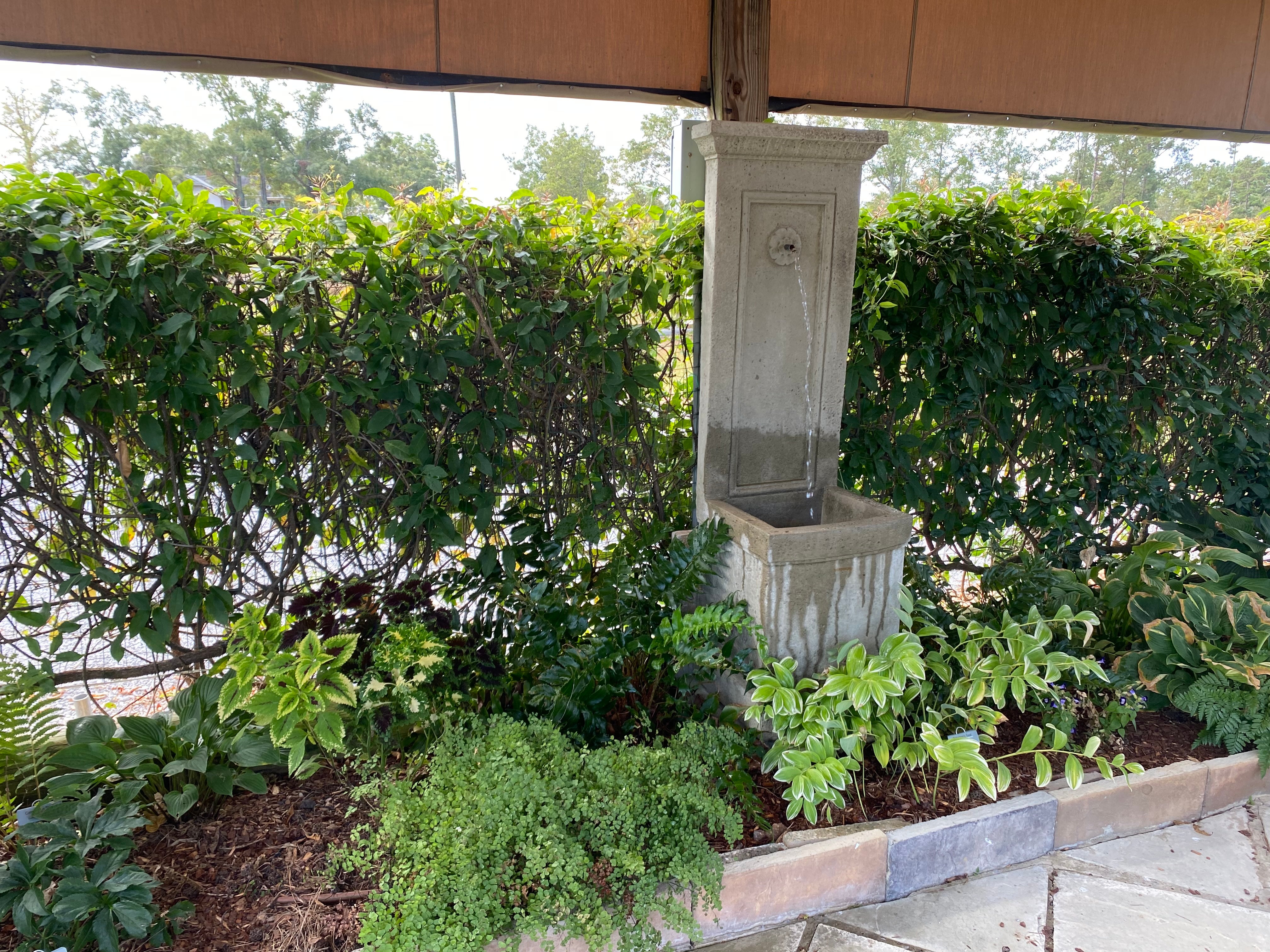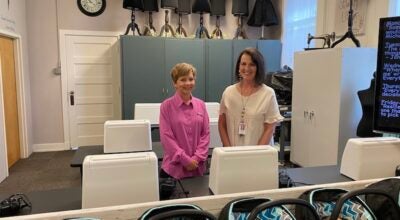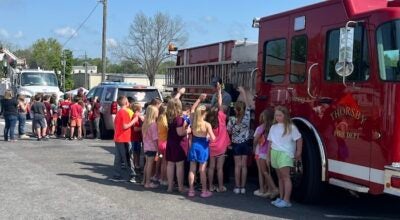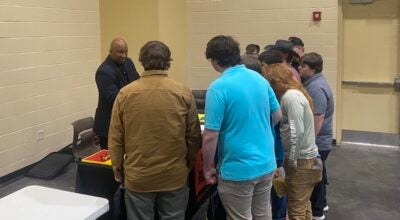Final gardeners talk shines lights on the shade garden
Published 3:16 pm Wednesday, October 5, 2022
|
Getting your Trinity Audio player ready...
|
By Carey Reeder | Staff Writer
The Chilton County Master Gardeners held their final Talks in the Demo Garden series on Oct. 4, and insight from Diane Clapp was shared about shade gardens. Shade gardens are gardens with plants that naturally enjoy being in the shade for most or all of the day.
The Chilton Regional Research and Extension Center added a shade garden when the Master Gardeners redid the demo garden at the center in 2015-2016. The U-shaped garden is completely covered by a canopy structure, and it has a concrete pad with a table and chairs underneath the canopy.
“It is a very popular place in the summer,” Clapp said.
Clapp explained there are three different types of shade when it comes to gardening. There is full shade which is less than three hours of direct sunlight a day, and partial shade which is at least three hours but less than six hours of direct sunlight per day. Dense shade was the final type, and those plants receive no direct sunlight at all. Shade for a garden can come from a building, fence or a canopy of trees.
The shade garden at the research and extension center does not get rain water, and the gardeners put a drip irrigation system into the beds of the garden to give the plants water. The Master Gardeners designed the shade garden to have color all year planting different seasonal plants across the garden. The plants in the back of the garden have more dense shade throughout the day, and the plants near the front get more sunlight which affect the blooming process.
“We try to plant seasonal interests … Like the hydrangeas, and some of the plants that give you the pretty colors,” Clapp said. “The vines that bloom in the spring, and other plants like the sedum that bloom in the fall to winter.”
Gardeners thinking of planting a shade garden should think of the types of plants they would like to grow, and do a soil test to see if it is acid or alkaline to see how that will mesh with the plants. Most plants do better at a neutral pH number.
Clapp recommended two books to prospective shade garden growers, “The Southern Gardener’s Book of Lists” by Lois Trigg Chaplin and the “Southern Living Garden Book.” Both have numerous lists of plants that would benefit being included in a shade garden, and what type of care they would need.


